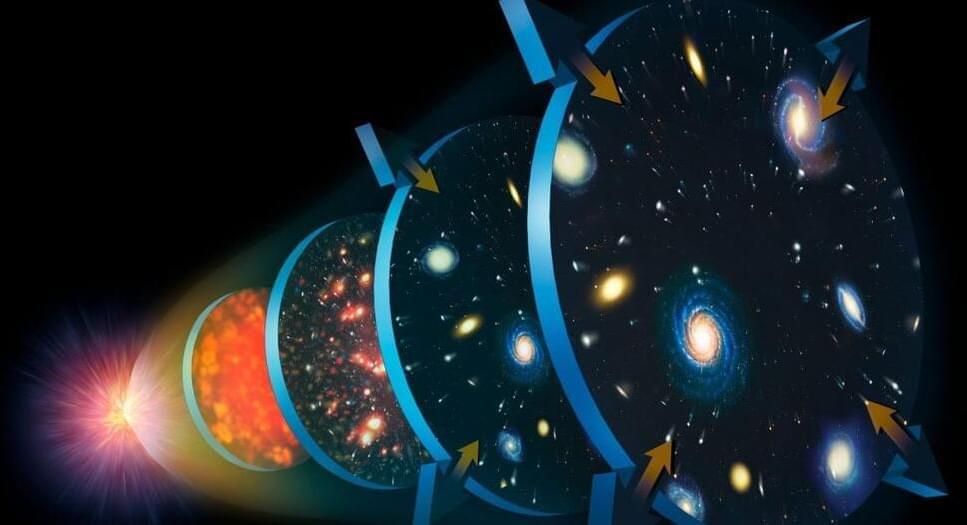Jan 14, 2024
Face to Face with Sun-Eclipsing Proba-3
Posted by Natalie Chan in categories: physics, satellites
Through exquisite, millimeter-scale, formation flying, the dual satellites making up ESA’s Proba-3 will accomplish what was previously a space mission impossible: Cast a precisely held shadow from one platform to the other, in the process blocking out the fiery sun to observe its ghostly surrounding atmosphere on a prolonged basis.
Ahead of the Proba-3 pair launching together later this year, the scientists who will make use of Proba-3 observations were able to see the satellites with their own eyes. Members of this team will test hardware developed for the mission during an actual terrestrial solar eclipse over northern America next April.
The two satellites are currently undergoing final integration in the premises of Redwire near Antwerp in Belgium. They were paid a visit by the Proba-3 Science Working Team, a 45-strong group of solar physicists coming from all across Europe and the wider world.


















